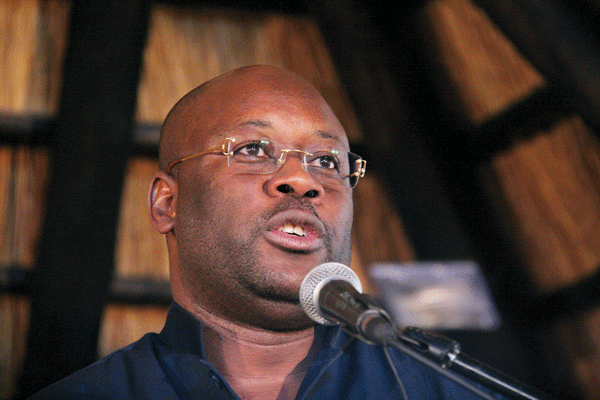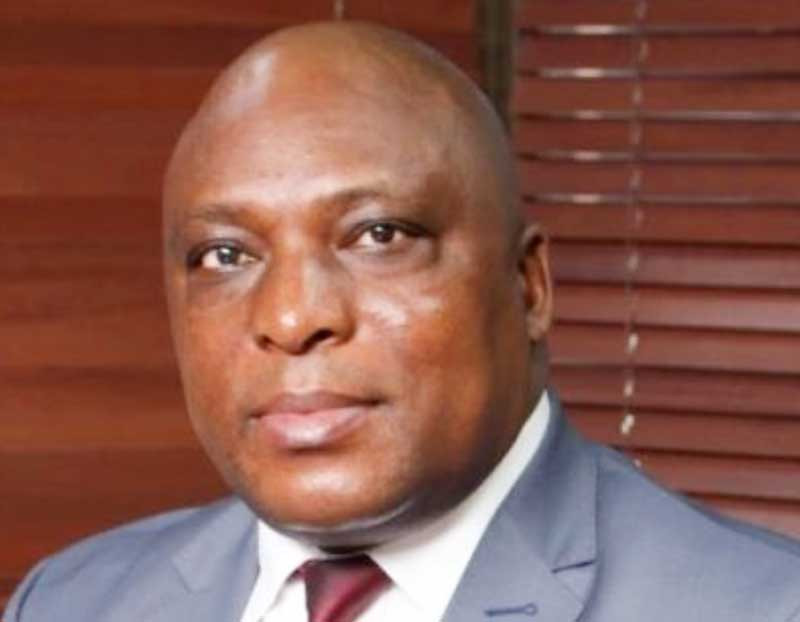
BY FIDELITY MHLANGA
ZIMBABWE’S small- scale miners warned on Friday that the industry could further relapse into an epicentre for backstage deals following government’s move to hike fees by wide margins.
Under normal circumstances, the fees that are pegged in Zimbabwe dollars should ordinarily not send shivers down the industry.
However, small-scale miners, who produce over half of Zimbabwe’s gold output, are battling one of their worst economic phases in the past decade, which was amplified by last year’s Covid-19 outbreak.
The government had to review its fees two weeks ago in line with surging inflation and the depreciating domestic currency.
Miners said following the hikes, the efforts to build a US$12 billion industry by 2023 were under threat.
In the past two years, the country has been pursuing a plan to transform the mining industry into the biggest contributor to the country’s gross domestic product (GDP) by 2023.
A significant part of this is expected to come from small-scale miners, who recently had a huge say in gold production following the collapse of big mines under the weight of foreign currency and power shortages.
- Chamisa under fire over US$120K donation
- Mavhunga puts DeMbare into Chibuku quarterfinals
- Pension funds bet on Cabora Bassa oilfields
- Councils defy govt fire tender directive
Keep Reading
High fees, royalties and taxes have also been blamed for the big mine crises, which forced the Chamber of Mines of Zimbabwe to plead with government to hold its guns on the fees hike.
Through Statutory Instrument (SI) 185 of 2021 gazetted by the ministry of Mines and Mining Development two weeks ago, registration for a precious metal block of gold was hiked to $12 750 from $1 000, while registration as an approved prospector was increased to $255 000 from $20 000.
Fees for registering a special mining grant rose to $63 750 from $500 while prospecting licences were increased to $6 375, from $1 000.
In an interview with Standardbusiness, Artisanal and Small-Scale Miners’ Association (ASSA) chairperson Blessing Togarepi said the fee hikes would discourage artisanal miners from formalising their operations thereby affecting revenue inflows into the economy.
Already, over US$1,5 billion worth of gold is being smuggled annually as small-scale miners circumvent the official markets due to overregulation.
“The current fees hikes will discourage artisanal miners from formalising their operations,” Togarepi said.
“As ASSA, we always encourage artisanal miners to formally peg their mines.
“Government must sit down with stakeholders and hear from them than raising mining fees without consultations.
“As ASSA, our aim is to encourage artisanal miners to formalise their mining activities so that they remit gold to Fidelity Printers and Refiners so that the country gets foreign currency.”
Under a roadmap announced by government about two years ago, most mineral volumes will rise after the ramp-up planned from 2019 to 2023 and beyond.
Zimbabwe Association of Mining Prospectors president Samson Dzingwe said small-scale miners were not happy with the government for failing to consult them.
“No stakeholders were consulted before these fees were pegged,” Dzingwe said.
“They always do that, it’s not a surprise as you know that they are busy rushing to pass half-baked policies without consulting stakeholders.
“It seems they take pleasure in enactment of bad legislation, sidelining stakeholder concerns.
“We are not impressed at all because the representation of small-scale miners is lukewarm and compromised.
“The fees are retrogressive towards achieving a US$12 billion mining economy.
“The skyrocketing mining fees are unjustifiable, prohibitive, abortive and retrogressive.”
In his address at the recent Chamber of Mines of Zimbabwe conference, President Emmerson Mnangagwa said 2023 was just 18 months away and concerted efforts were required to boost output.
“Considering that 2023 is 18 months away, the mining sector must take stock with regard to the realisation of a US$12 billion mining economy,” Mnangagwa told the conference.
Under the US$12 billion mining roadmap, gold is expected to contribute US$4 billion, platinum will contribute US$3 billion while chrome, iron, steel, diamonds and coal will contribute US$1 billion annually.
Lithium is expected to contribute US$500 million while other minerals will contribute US$1,5 billion.










